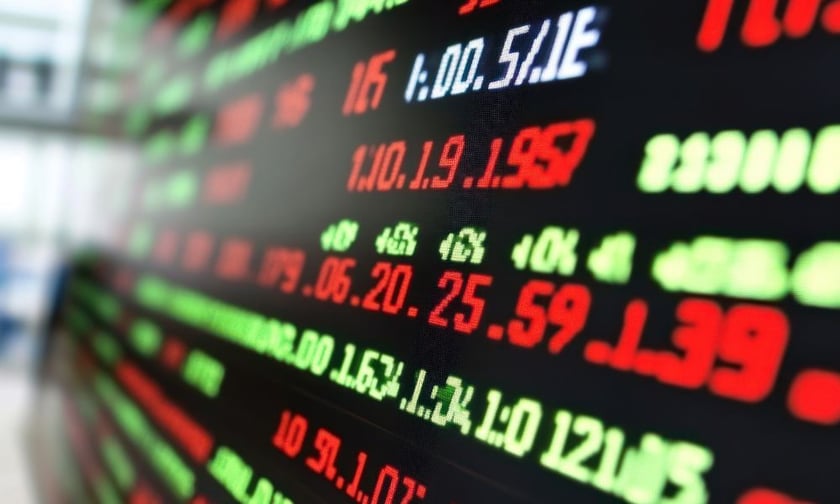

By
Australian shares fell sharply on Friday, with the S&P/ASX 200 Index entering correction territory as concerns over global trade and economic growth continued to grow.
The index is now more than 10% below its peak in February. The Australian dollar also lost ground, falling over 1% against the US dollar and hitting a record low against the Swiss franc. Investors moved their money into safer assets as new US tariffs raised fears of a wider economic slowdown.
Although Australia faces only a 10% tariff on its exports to the United States, its economy remains highly dependent on trade—especially with China. That exposure has made it more sensitive to global shifts in sentiment.
“The capitulation in risk assets looks set to extend. The Aussie bore the brunt of this risk-off move as its economy [is] more exposed to global trade, as well as its strong linkage to China’s economy, which is set to take a severe hit from the new tariff regime,” TD Securities macro strategist Alex Loo said.
Bond markets rallied in response to the uncertainty. Yields on three-year government bonds dropped to their lowest level since September, as traders raised their expectations for interest rate cuts from the Reserve Bank of Australia. Markets are now pricing in four cuts by December, according to Bloomberg data.
Investor nerves have been building for some time. Slowing demand has weighed on corporate earnings, and economic signals from China have been mixed. In Australia, the labour market has shown signs of weakness, and the upcoming May federal election is adding to the uncertainty.
“The concern for investors is that the Australian economy would not be spared if a global growth slowdown occurs as a consequence of a prolonged trade war,” KCM Trade market analyst Tim Waterer said, adding that while Australia’s direct exposure to the new tariffs is limited, “contagion effects could still lead to headwinds for the local economy.”
